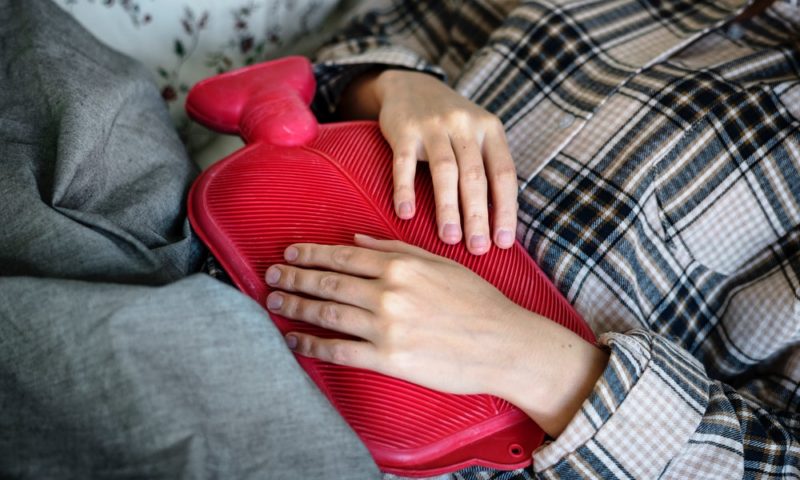Did you know that your weight can increase your risk for problems with your gallbladder? One of these problems includes the passage of gallstones, which can often be very painful and indicate other health issues that might need to be addressed.
A Look to Your Gallbladder and Gallstones
Your gallbladder is located in the upper right corner of your abdomen, under your liver. It works to store and concentrate bile, a fluid your body uses to digest fats and vitamins for energy. Your gallbladder contracts to release bile every time you eat a meal that contains fats. In between meals, it fills back up with bile to prepare for when you’ll eat again.
Gallstones, on the other hand, aren’t a typical part of the digestive system. When the balance between contents of your bile is even a little bit off, solid clusters (gallstones) can easily form. They range in size from that of a grain of rice to a golf ball, and you can have one or many at a time.
Although many people have gallstones without knowing it, you may begin to experience symptoms if they get stuck in the ducts of your bile and can’t leave your gallbladder — mostly after a heavily fatty meal. Pressure can build and become really painful, and it generally doesn’t go away until the duct is no longer blocked and the gallstone can dislodge.
What’s Weight Got to Do with it?
Having excess weight, and especially carrying most of it in your abdomen, can increase your risk for gallbladder disease. While the connection between weight and gallbladder disease isn’t black and weight, one of many concerns is that excess weight makes it harder for the gallbladder to empty. Bile then builds up and increases your risk for gallstones.
Another big concern is diet, as diets high in fat are associated with obesity. When your liver produces too much cholesterol, the balance of contents in your bile can be disturbed. Here are some other weight-related factors that can influence the production of gallstones:
- Rapid weight-loss — Caused by cholesterol mobilizing from fat tissue as a result of rapid weight-loss. More cholesterol can form in your bile, causing an imbalance.
- Low-calorie Diet or Fasting — With a low calorie intake, little (if any) fat is ingested. Therefore, the gallbladder has no need to contract and release bile regularly.
- Weight-cycling — When your weight takes a roller coaster pattern, gallstones are more likelier to form — possibly from a rise in cholesterol after rapid weight-loss.
- Staying Sedentary — Weight will usually increase if you’re less active and consuming a lot of calories, making gallstones more likely to form from weight issues.
Gallstone Prevention and Treatment
Treatment
Having gallstones doesn’t mean you need immediate intervention. Monitor your gallstones, watch for symptoms and contact your health provider if you have any concerns or are experiencing a lot of pain. Your health provider might issue medication to dissolve the gallstones, or they might recommend having your gallbladder removed if your symptoms are frequent and severe.
Prevention
- Maintain or strive toward a healthy weight
- Avoid weight “cycling” and find consistency in your lifestyle changes
- Reduce or eliminate refined carbs from your diet
- Increase your fiber intake
- Aim for more physical activity
Above all, you should know that having excess weight or obesity increases your risk for gallstones and gallbladder disease. Do what’s in your power to create long-lasting healthy lifestyle changes, including sustainable weight management. You should also communicate with your Primary Care Provider (PCP) regularly to stay up-to-date on all aspects of your health.






